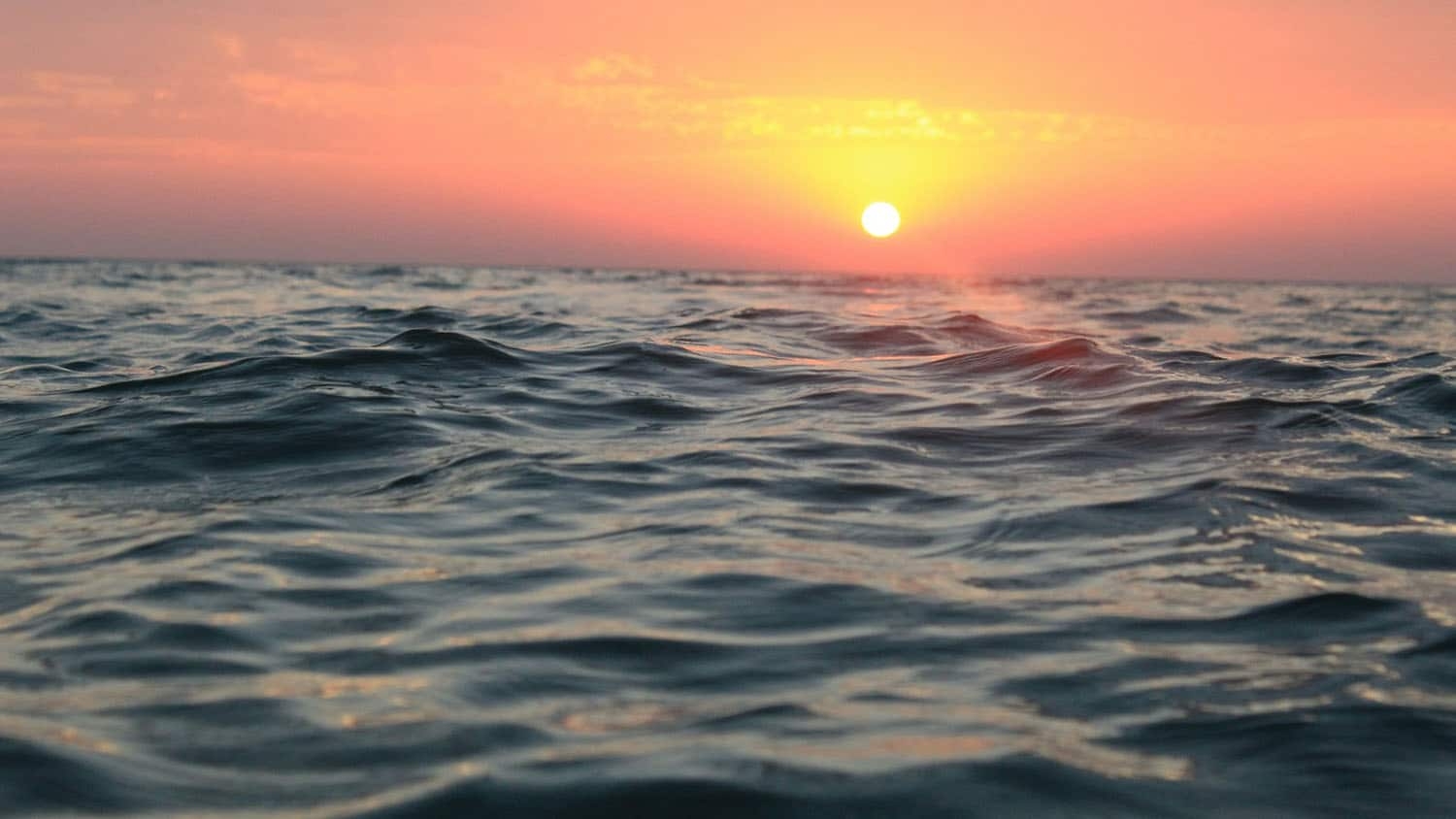MAE team selected for $3.2 million energy-harvesting underwater vehicle project

North Carolina State University’s Mechanical and Aerospace Engineering Department was recently selected as part of a multi-institutional team that will be participating in Phase 2 of DARPA’s Manta Ray program. Manta Ray seeks to demonstrate innovative technologies allowing payload-capable autonomous unmanned underwater vehicles (UUVs) to operate on long-duration, long-range missions in ocean environments. Sponsored by DARPA and led by prime contractor Martin Defense Group, the overall project was awarded through a competitive process via a Broad Agency Announcement.

NC State’s efforts will center around the prototyping, control design, and scaled experimental validation of an undersea kite that harvests marine hydrokinetic (MHK) resources when deployed from a UUV. Because of its high-lift design, the kite can harvest significantly more power per unit area than a conventional turbine through controlled power-augmenting cross-current motion. NC State’s team, consisting of Lead Principal Investigator Chris Vermillion and Co-Principal Investigators Matthew Bryant, Kenneth Granlund, and Andre Mazzoleni, bring unparalleled expertise in the area of tethered systems for energy-harvesting. Their efforts will be complemented by the oceanographic observing and open-water experimentation expertise of Mike Muglia at East Carolina University’s Coastal Studies Institute. In fact, Vermillion has spent the past decade developing models and control systems for tethered energy-harvesting systems. This has resulted in dozens of publications in the area, including a Rudolf Kalman Best Paper Award, along with a recent appointment as one of two United States representatives in a new IEA task associated with undersea kites’ sister technology, airborne wind energy systems. Additionally, together with Co-PIs Granlund and Mazzoleni of NC State, and Muglia of ECU/CSI, he is leading another $1.9M Department of Energy-funded effort that is focused on prototyping and tow testing a scaled ocean kite. These kite design and control efforts are complemented by the underwater vehicle design capabilities of Matthew Bryant, who led NC State’s efforts to prototype and demonstrate a cross-domain (air/water) vehicle through the DARPA-funded EagleRay XAV project. In addition to these federally funded efforts, the team has also benefitted from early support from North Carolina’s Renewable Ocean Energy Program. As Vermillion puts it, “The MAE department at NC State has established itself as the premier academic institution in the United States in the area of tethered energy-harvesting systems. This effort brings together these capabilities in a way that has the potential to transform the field of UUV design and operation.”
The NC State team will work with Martin Defense Group in Honolulu, HI, who will lead the project and bring expertise in UUV design; the Applied Physics Laboratory at the University of Washington (APL-UW) in Seattle, WA, which brings expertise in UUV control; and Systems & Technology Research (STR) in Arlington, VA, which brings expertise in undersea operations, communications, and signal processing.
This post was originally published in Department of Mechanical and Aerospace Engineering.
- Categories:


